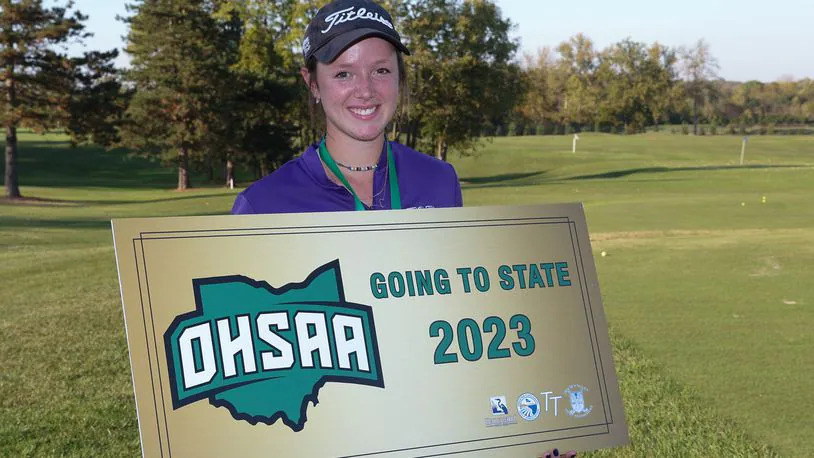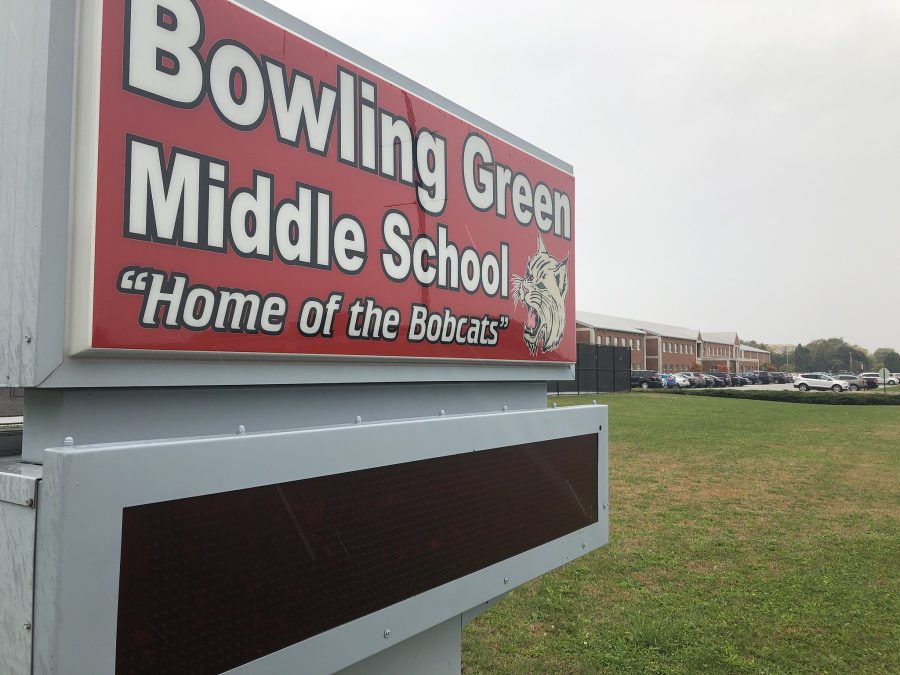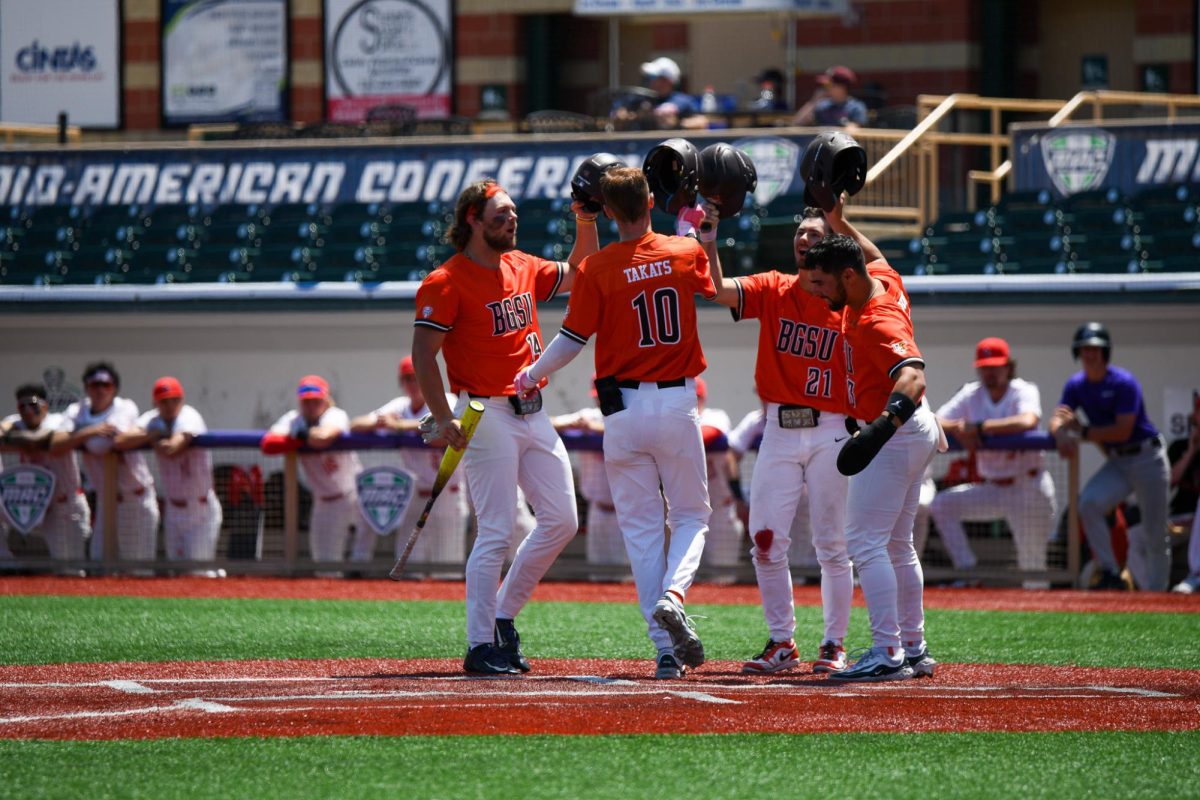A once brown, unplanted area of land between Shatzel Hall and the BTSU parking lot has been transformed into a native prairie garden.”We didn’t go out seeking a garden, it just turned out to be a good spot,” Holly Myers-Jones, director of Environmental Programs, said.Environmental Programs moved into Shatzel Hall last year and later took the land — void of plants — on as a native prairie restoration project.The soil was rich in sand, causing regular grasses to fail. The Bowling Green area originally had sand ridges at higher elevations before settlers drained the Black Swamp that surrounded Bowling Green.The Center for Environmental Programs created the garden in collaboration with the Grounds Department and a native prairie specialist.”I think it is a good example of how we are going to make BGSU a more sustainable community by doing it in collaboration with other departments on campus,” Myers-Jones said. “When we took it to grounds, I think that’s when it really got tied into the sustainability initiative on campus.”The garden has 24 flower and grass species.Cinda Davis, BG City Parks Natural resources specialist and Environmental Science instructor, chose the native plants like cactus and Black-Eyed Susans that would grow in the sandy corner by Shatzel Hall.”I wanted plants that would help create more than just a pretty garden, but an ecosystem,” Davis said.And, the area has been attracting more than healthy plants.”There are certain animals we are trying to attract because they are very picky about their habitat,” Davis said. “One such species is the goldfinch, a typically small, yellow bird.” Davis also chose milkweeds to attract butterfly species.”Native plants like the ones by Shatzel Hall have been helping increase campus sustainability,” Bryan Benner, assistant vice president of Finance and Administration and member of the BGSU Sustainability Committee, said. “We’re doing a really good job of using the local indigenous plants that are tolerant to the local conditions and change of seasons, thus requiring less upkeep.”Native Prairies plants can also be found in other areas of the university. A planter box by the Math Science building and a 10-acre prairie by the driving range of the Forrest Creason golf course have plants native to the region.”Planting native species is easy to do and ultimately saves water and effort because once they are established, they take very little maintenance,” Meyers-Jones said. “Instead of fighting nature and planting things that don’t belong here, you can use a native species fit for our ecosystem and have a really beautiful garden.”


Follow us on social
- Children of Eden written by Joey GraceffaBy: Destiny Breniser This book was published in 2016 with its genre being Young Adult, Dystopian, and Apocalyptic. This story is about Rowan, who is a second-born child living in a city where her entire existence is illegal. She longs for the day when she can leave her family’s house and live without fear. She […]
- An Unwanted Guest written by Shari LapenaBy: Destiny Breniser A classic whodunnit that keeps you guessing till the very end. With twelve characters to read varying points of view from, there is always something happening to leave you wondering what is going on. This book was published in 2018 with its genre being a mystery thriller. The story starts with Reily […]

July 25, 2024

July 24, 2024

July 23, 2024
Native gardens flourish at University
September 7, 2004
Leave a Comment
Donate to BG Falcon Media
$1410
$1500
Contributed
Our Goal
Your donation will support the student journalists of Bowling Green State University. Your contribution will allow us to purchase equipment and cover our annual website hosting costs.
More to Discover












